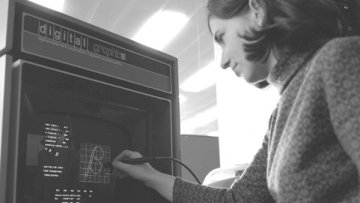Compressed Sensing or common sense?
Abstract
We present a simple algorithm that successfully re-constructs a sine wave, sampled vastly below the Nyquist rate, but with sampling time intervals having small random perturbations. We show how the fact that it works is just common sense, but then go on to discuss how the procedure relates to Compressed Sensing. It is not exactly Compressed Sensing as traditionally stated because the sampling transformation is not linear. Some published results do exist that cover non-linear sampling transformations, but we would like a better understanding as to what extent the relevant CS properties (of reconstruction up to probability) are known in certain relatively simple but non-linear cases that could be relevant to industrial applications.



